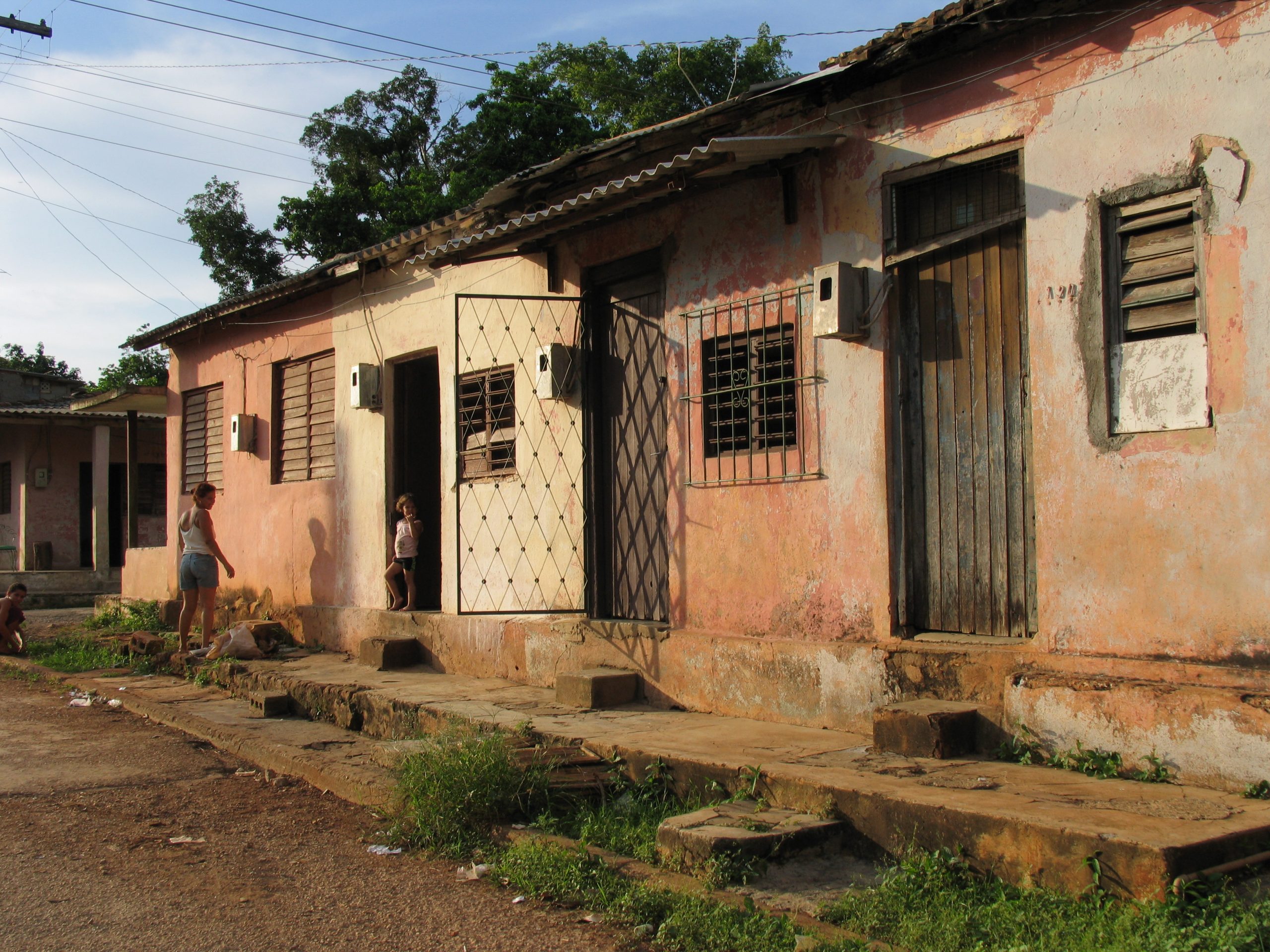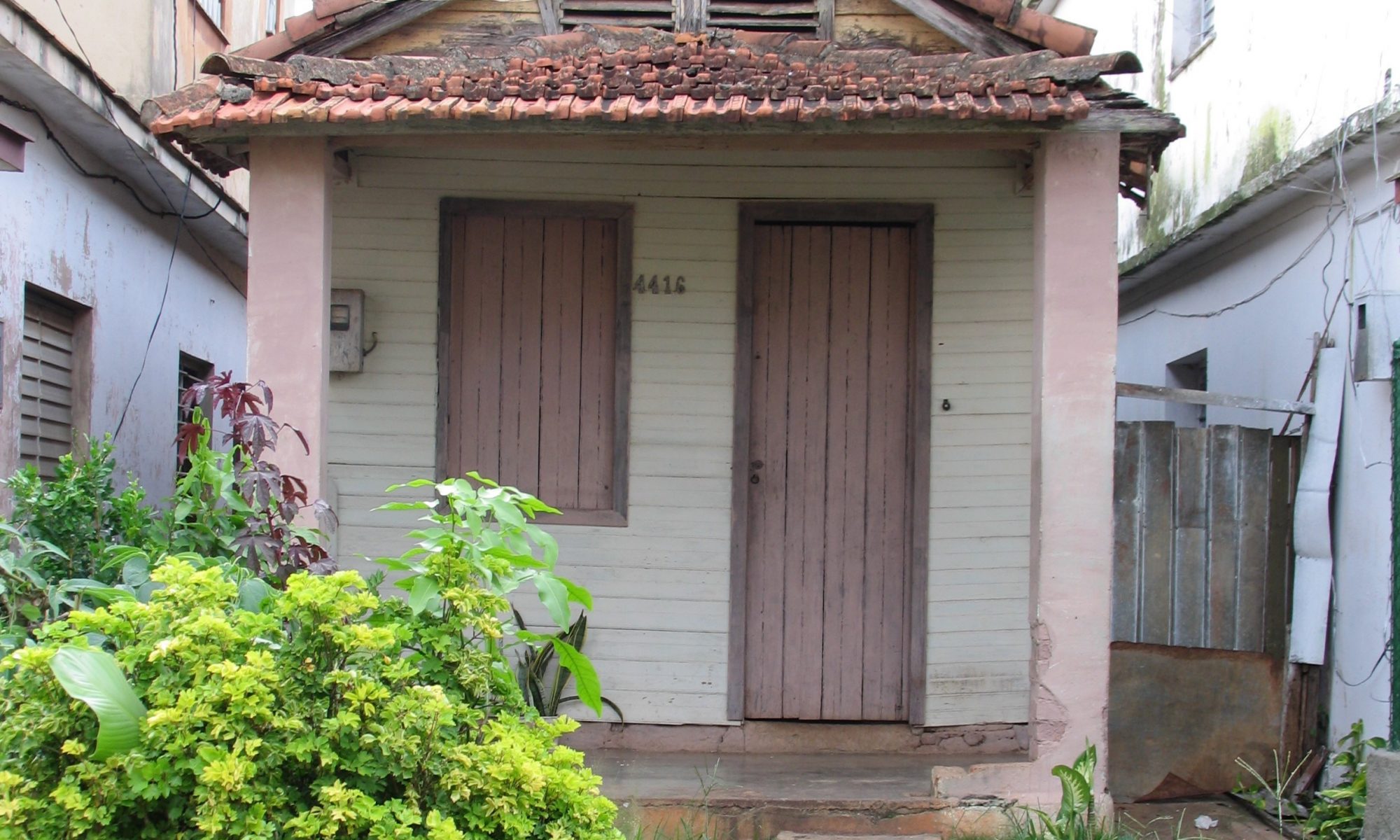After several years of working with my beloved colleague and self-taught local historian, Berta Martínez Paez, we set out in July 2008 to document the many “monuments” to the pre-Revolutionary era still in use that told the story of Pueblo Nuevo [New People]. This area of Artemisa arose from the ashes of the concentration camps that the Spanish had created to round up and imprison local peasants during Cuba’s 1895 War for Independence. Berta estimated that of the five to six thousand Cubans imprisoned there between 1896-1898 (and whose names she found recorded in local archives), only a few hundred survived to 1898. They were mostly young women whom Spanish soldiers had raped and, unlike the rest of the imprisoned, fed. Once “liberated”, with no living relatives, nowhere to go, and young children to feed (surely born of the rapes), survivors set up the rustic equivalent of a “red light district” called Pueblo Nuevo. Of the dozen or so former prostitutes whom Berta interviewed in the early 1990s and who had been “rehabilitated” after the Revolution, few descended from those first women but they often lived in the very same houses. Berta, who knew virtually every resident by name, introduced me to the families of women who lived there. Ironically, despite the changes that the post-1959 era wrought in these former prostitutes’ lives, they had not been able to move to better homes and lived in the same one-room apartments or mini-houses where they had once worked by the hour.

